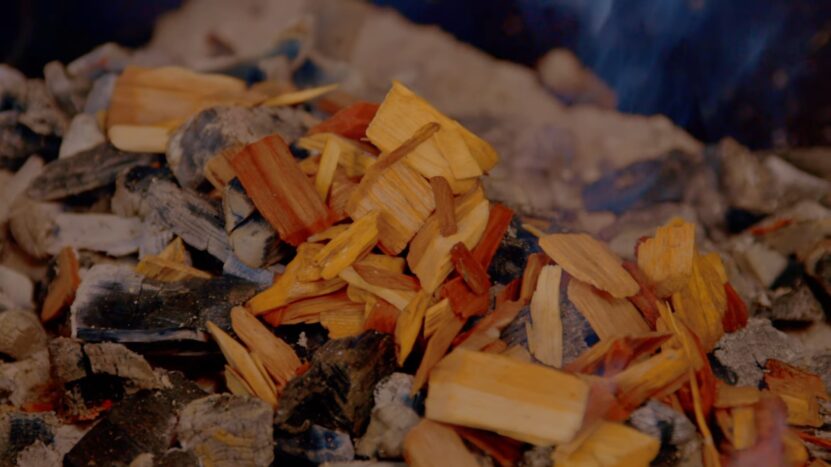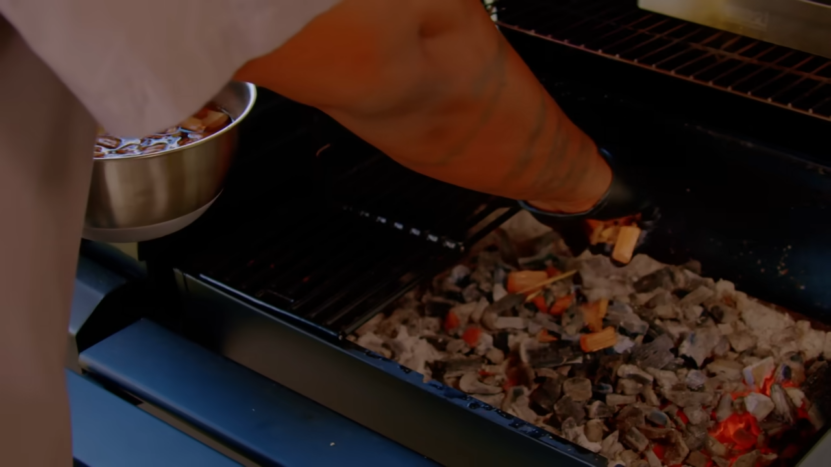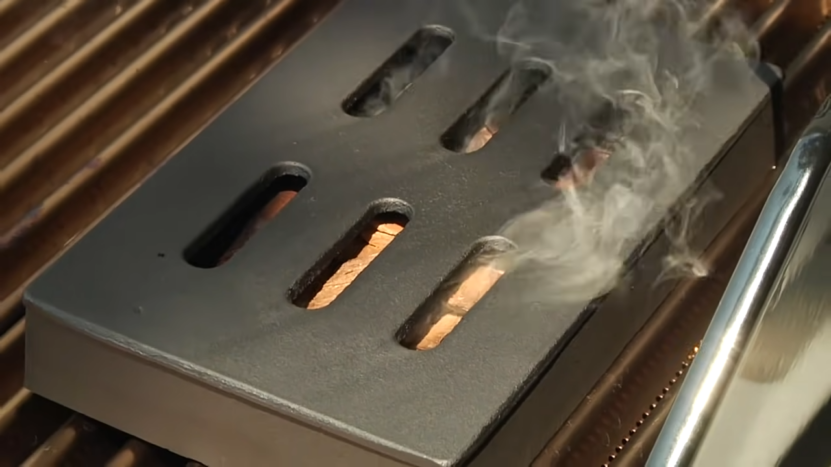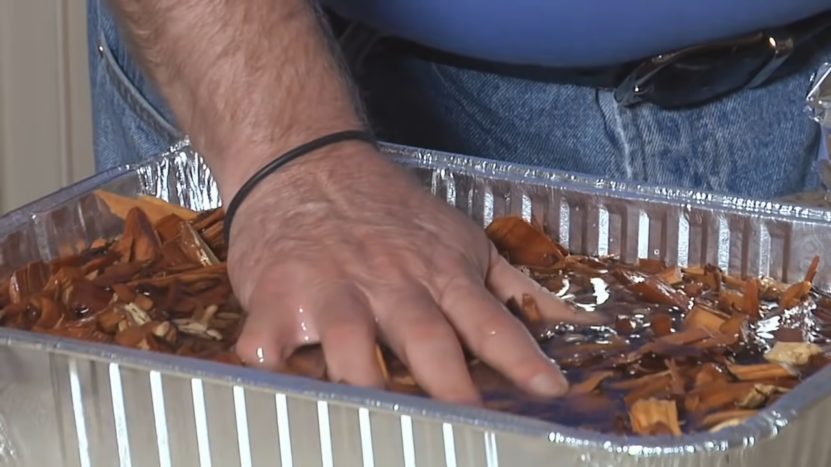I’m here to share a little secret that might just change your BBQ game. You know how we’ve always been told to soak our wood chips before smoking? Well, it turns out that’s not always necessary.
In fact, skipping the soak can lead to better flavor and a more efficient burn. But, there’s an exception to every rule, right?
So, let’s discuss when you should (and shouldn’t) soak those chips. I will also throw in some nifty tips and tricks to get that perfect smoky taste every time.
It’s Actually Backed Up By Science
Moisture in wood affects its combustion process. When wet wood is heated, the water within it starts to evaporate, consuming energy in the process. This means that wet wood requires more energy to reach the ignition point than a dry one.
As the moisture evaporates, it cools the combustion zone. This cooler temperature results in incomplete combustion, which may lead to thick, white smoke – this is something you don’t want in smoking as it can lead to bitter flavors.
It contains cellulose, lignin, and various resins. When heated, these components break down and produce various compounds. Some of these compounds vaporize and condense into visible smoke. Different woods produce different flavors, but the basic chemistry remains consistent.
The Myth of Soaked Chips We All Heard Of

Many people believe soaked wood chips last longer on the smoker, thinking they give off smoke the whole time. But from what I’ve seen, there’s more to the story.
Even though wet chips might seem like they take longer to burn up, much of that time is spent dryin’ out first. The smoke only starts once the wood is dried. So the smokin’ part ain’t longer – it’s that wet wood has to dry first before it can smoke.
When we use the smoker, the goal ain’t just lots of smoke but quality smoke. As soaked chips dry, they tend to make bigger clouds of thin, white smoke. But that doesn’t always give your food the best flavor.
Too much of that white smoke can leave a thick, sticky mess called creosote on your meat. Creosote makes vittles taste bitter, coverin’ up the nice flavors you want from the wood.
So in the end, dry chips may smoke longer once they get goin’. And they make tastier smoke that doesn’t risk ruinin’ your smoker creations. Somethin’ to keep in mind next time you fire it up!
When to Consider Soaking? (The Exceptions)

I’ve found a couple of situations where it comes in handy. Here’s when I think soakin’ has benefits:
When Temps Get Too Hot
If you got equipment that runs on the hot side, and maintainin’ low, steady heat’s a challenge, wet chips can help cool things down a touch. That evaporation takes off a bit of the edge, giving you better control over temperatures.
Comes in mighty useful with cheaper smokers or grills that don’t hold heat so well. Just a small difference can make smokin’ easier.
Experimenting With Flavors

Some pitmasters believe the water vapor interacts with smoke compounds in a way that brings new flavors out. For folks who like testin’ things, a bit of moisture provides chances to play around and maybe accent certain tastes over others.
The key is seein’ it as experimentin’ – results will vary with wood type, smoker, and vittles. But wet chips open doors for discoverin’ what your setup can do. Always good to learn more!
So while dry’s usually best, don’t rule out wet wood entirely. It has its place when conditions call for tweakin’ things a bit.
Final Thoughts
In the end, I’ll say this – soaked wood ain’t my go-to these days. Dry chips just seem to give me that full, steady smoke I like best. But don’t forget – if you got a smoker that runs hot or want your chips to last, a quick soak could do the job too.
When it comes to ribs, exploring alternative flavorings beyond traditional BBQ sauce can add a unique twist to your smoking experience.
Mostly, I say to keep experimentin’. See what your setup responds to. Find what suits your tastes. And have fun out there enjoyin’ this smokin’ thing we all love.

Hi there, I’m Sophie, 35, and I love to cook and experiment with new recipes. It’s my secret sauce for keeping my hubby and three kiddos smiling and our home filled with joy. Cooking is my way of saying, “I love you,” and seeing my family happy and healthy is the best reward.






